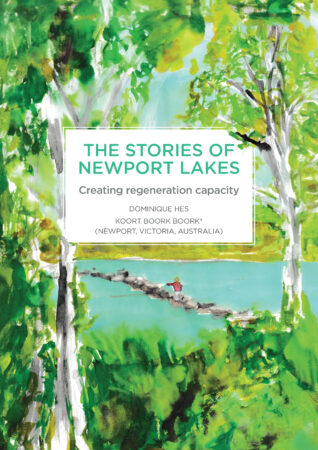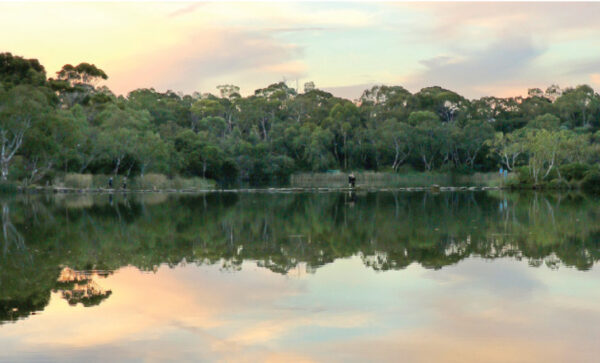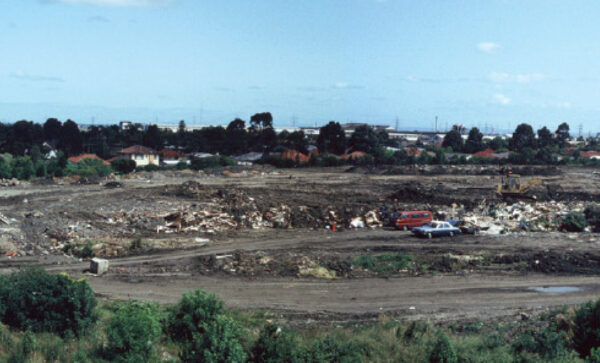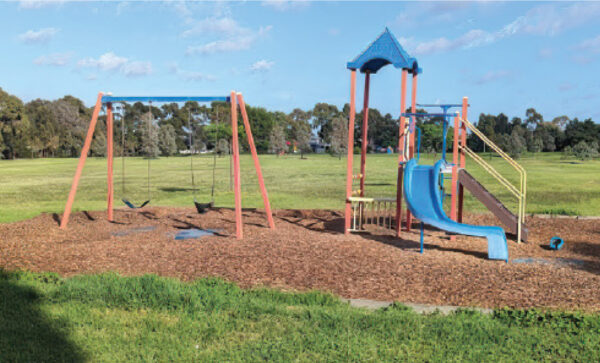By Sean Rogasch

Like many Westsiders, this correspondent has a unique relationship with Newport Lakes.
Moving into the area mid-pandemic, the lakes quickly became a much-needed suburban oasis and escape from the confines of the home.
Many reading this will have far longer and more meaningful connections with this special slice of Newport, but whether you’ve visited once or 1000 times, there is a new way to learn a little more about the lakes.
The stories of Newport Lakes by Dominique Hes is a local adventure for us all to enjoy. It delves deep into the history of the area, documents the creation of the parkland, and celebrates the standing the lakes now enjoy within the Newport community.
In many ways the book is a reflection of the park itself, a unique mixture of the old and new.
Intricate research from newspapers and other public documentation representing the old remnants of quarry stones mix seamlessly with clever use of AI generated images representing the new vibrant parklands the lakes are today.
While reading the stories of affection and community connection is a pleasure, this correspondent will admit to being far more enthralled by the long and fascinating history of the place.
In no small part this is due to the exhaustive research Hes has poured into this project.
On the aforementioned AI generated images, stand out examples accompany the First People’s history with the area, helping the reader to visualise the oral nature of record keeping from those times.
As the story continues through settlement and the establishment of the Newport Quarry, the historical importance of local newspapers is ever apparent.
Sure, writing in (and reading) these pages suggests an inherent bias, but it’s near impossible to see how The story of Newport Lakes could be told in such detail without this most traditional of media.
While the quarry at its centre was rich with bluestone, the book enjoys a rich vein of historical gems.
The first reference to turning the quarry into a lake was as early as 1924. An ambitious Yarra crossing bridge to connect the region to Melbourne? First proposed in 1929. And what of a proposed tunnel in 1888? Yes, 1888! As Hes points out, construction is nearing completion … some 136 years later!




As the book meticulously moves through the battle over what to do post-quarry, it’s easy to place the debate into a modern context.
Would a natural sanctuary like Newport Lakes be prioritised today over something like the opportunity for additional housing in such a prime location? Not a chance if you’ve been following commentary from Spring Street through October. As such, telling the stories of just how important well-planned community green space is to communities is as vital as ever.
Newport Lakes increases liveability for locals in an endless number of ways. As the book points out, these included feeling calmer and more connected with nature through the pandemic – as it did for this writer.
The stories of Newport Lakes is a triumph.
Yes, it’s an academic text, but it’s as much a love letter as historical reference point. Hes invites ‘dear readers’ to connect to the story in an accessible and engrossing way, making it every bit the page-turner as any best-selling fiction in your bookshelf.

